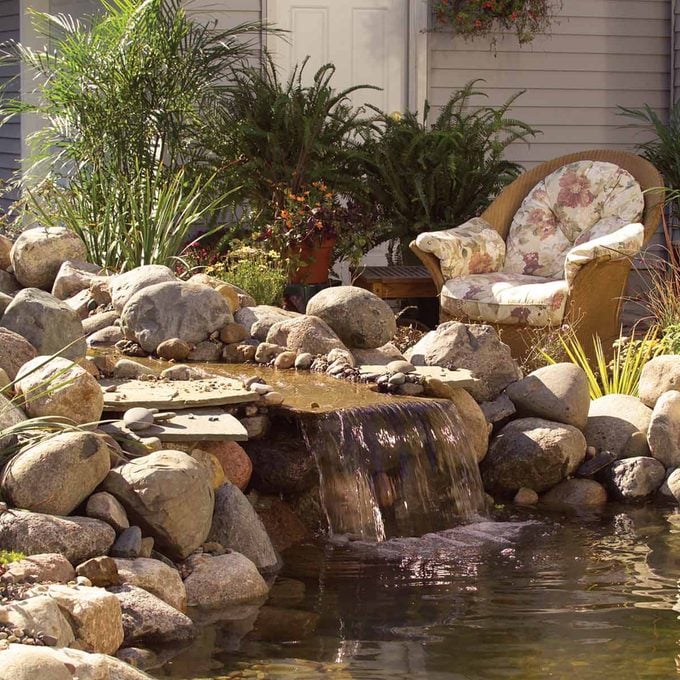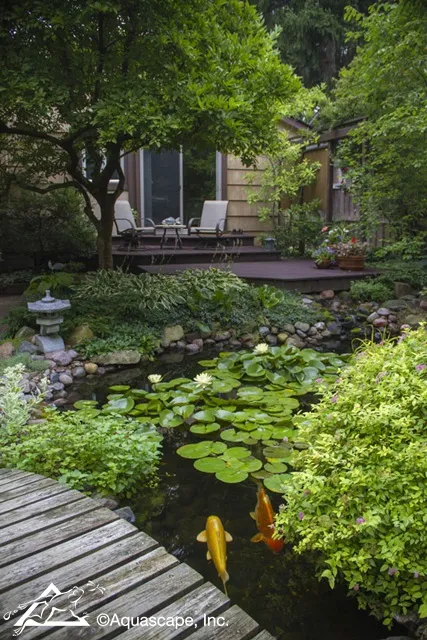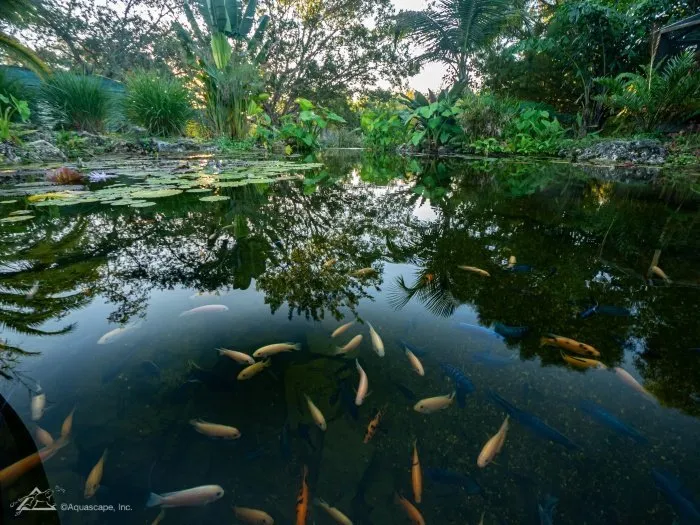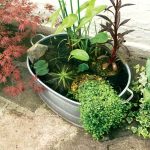Adding a pond to your garden or backyard can create a tranquil and beautiful oasis for relaxation and enjoyment. However, the thought of maintaining a pond can be daunting for many homeowners. The good news is that it’s possible to build a low maintenance pond that requires minimal upkeep while still providing all the benefits of a water feature. In this guide, we’ll explore the steps to create a low maintenance pond that will enhance your outdoor space without demanding constant attention.

Credit: www.familyhandyman.com
1. Choose the Right Location
Before you start digging, carefully consider the location of your pond. Select a spot that receives a good balance of sunlight and shade, as too much sun can lead to excessive algae growth, while too much shade can hinder the growth of aquatic plants. Additionally, avoid placing the pond under trees that shed a lot of leaves, as this can create extra maintenance in the fall.
2. Opt for a Preformed Pond Liner
When it comes to building a low maintenance pond, using a preformed pond liner can save you time and effort. These liners are designed to be durable and are available in a variety of shapes and sizes, making it easier to create a pond that suits your space. Choose a high-quality liner to ensure longevity and minimal maintenance in the long run.
3. Incorporate Adequate Filtration
Proper filtration is key to keeping your pond low maintenance. Consider installing a biological filter that will help keep the water clean and clear. Additionally, adding a pump to circulate the water can prevent stagnation and reduce the likelihood of algae growth. By investing in the right filtration system from the start, you can significantly reduce the amount of maintenance your pond will require.
4. Select Low Maintenance Plants
Aquatic plants not only enhance the beauty of your pond but also play a crucial role in maintaining a balanced ecosystem. When choosing plants for your low maintenance pond, opt for varieties that require minimal care, such as water lilies, duckweed, and hornwort. These plants are relatively easy to maintain and can help keep the water clean and oxygenated.
5. Add Fish Carefully
If you’re considering adding fish to your pond, do so with caution. Fish can contribute to the overall balance of the pond’s ecosystem, but they also require care and attention. Consider starting with a small number of fish and choose low-maintenance species that are well-suited to your climate. By not overstocking your pond with fish, you can help maintain a healthier and more balanced environment with less effort.
6. Minimize Debris
One of the main sources of maintenance in a pond is the accumulation of debris such as leaves, twigs, and other organic matter. To minimize the amount of debris in your pond, consider installing a net over the surface during the fall to catch falling leaves. Additionally, regularly skimming the surface and removing any debris that has made its way into the water can help keep your pond looking clean and reduce the need for extensive cleaning sessions.
7. Use Natural Balance Products
There are a variety of natural balance products available that can help keep your pond in good condition with minimal effort. These products, such as beneficial bacteria and enzymes, work to break down organic waste, reduce algae growth, and maintain water clarity. By incorporating these natural balance products into your pond maintenance routine, you can significantly reduce the need for more labor-intensive cleaning and upkeep tasks.

Credit: www.aquascapeinc.com
8. Regular Maintenance Checks
While the goal is to keep your pond as low maintenance as possible, it’s still important to conduct regular maintenance checks to ensure everything is functioning as it should. This includes inspecting the pump and filtration system, removing any visible debris, and monitoring the overall health of the pond. By catching any issues early on, you can prevent them from escalating and requiring more extensive maintenance down the line.
Conclusion
Building a low maintenance pond is achievable with careful planning and the right approach. By selecting the appropriate location, using quality materials, and incorporating low maintenance plants and fish, you can create a stunning water feature that enhances your outdoor space without demanding constant attention. With the right balance of natural elements and strategic design, your low maintenance pond can provide years of enjoyment with minimal upkeep.
Remember, the key to a low maintenance pond is to prioritize the initial planning and investment in quality components, as this will ultimately save you time and effort in the long run. By following these steps and staying proactive with maintenance, you can create a beautiful, low maintenance pond that adds tranquility and beauty to your outdoor environment.





